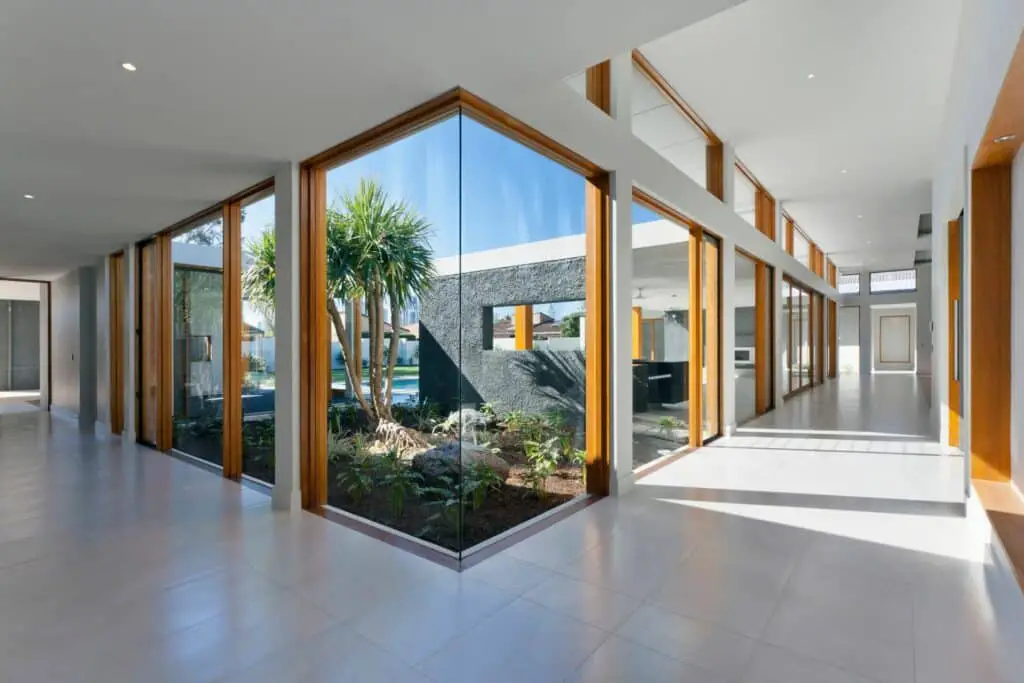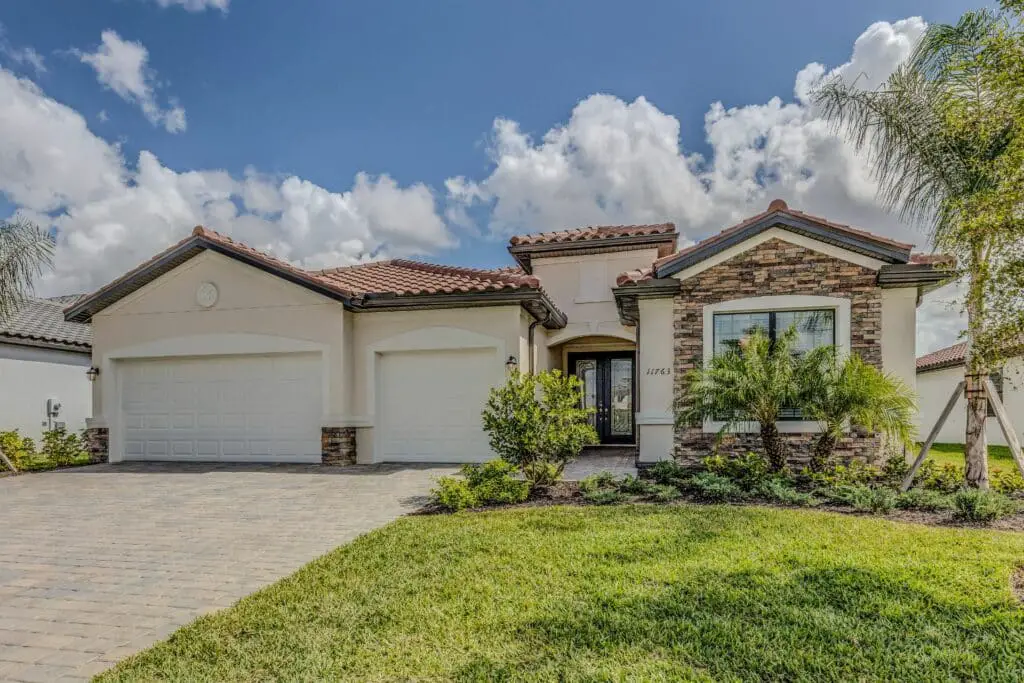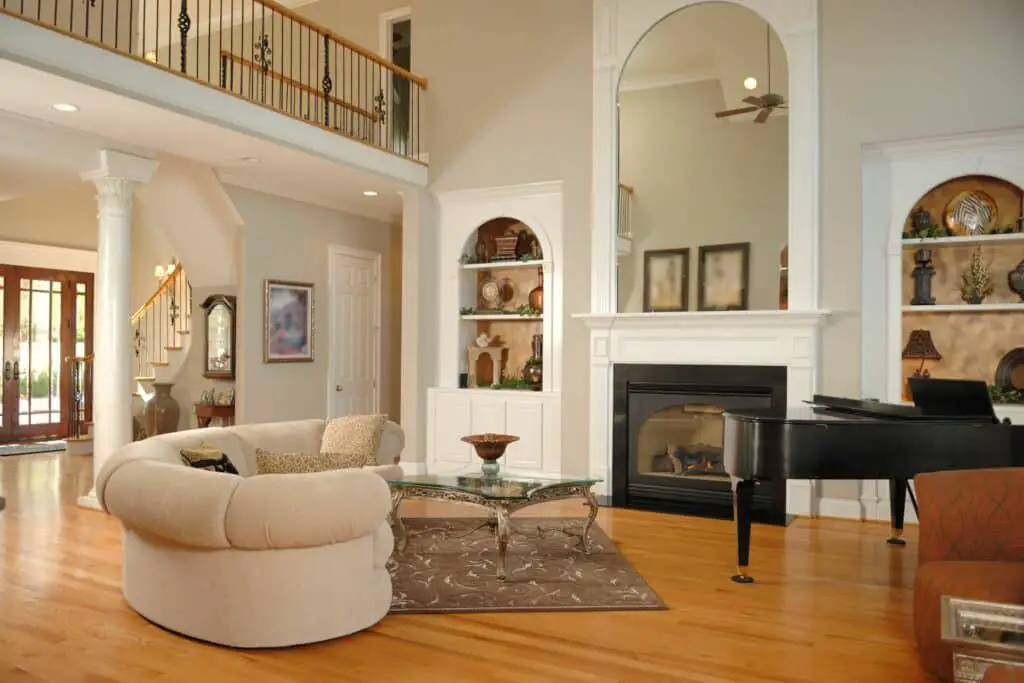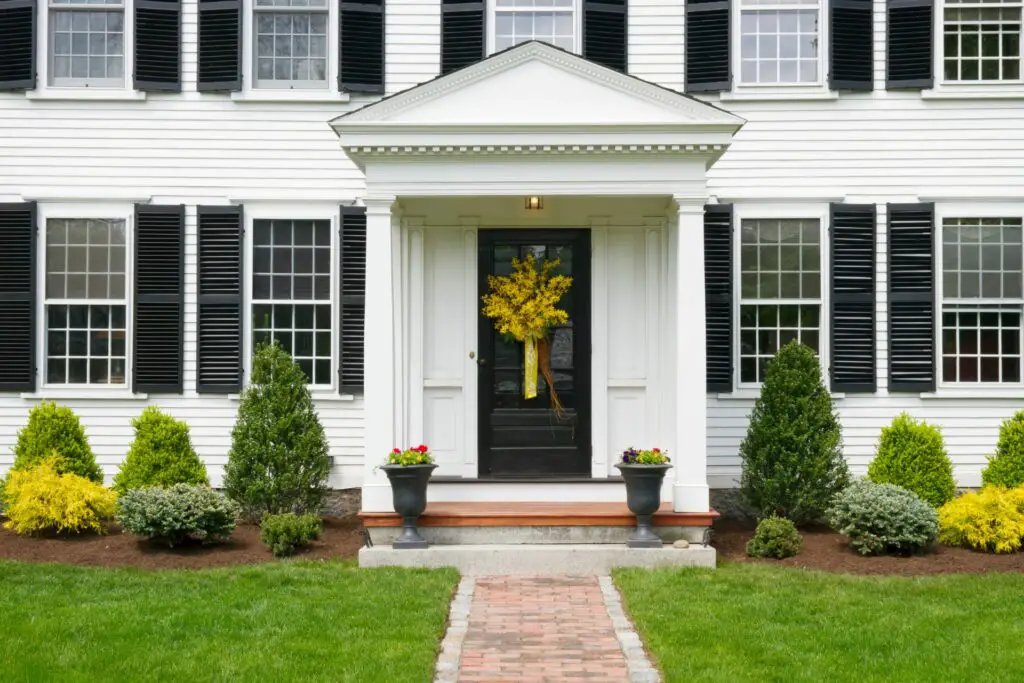Home insurance, a crucial safeguard, financially protects your home and belongings against unexpected events. This protection spans four main areas: dwelling, other structures, personal property, and liability. Home insurance coverage assists in home repairs due to events like windstorms or hail, while other structures coverage protects detached entities like garages or sheds from fire damage.

Key Coverages of Home Insurance Policies
- Dwelling Protection: This covers your home’s structure, including walls and roof, against risks like fire or vandalism.
- Other Structures Protection: Coverage extends to structures separate from your home, such as tool sheds or fences.
- Personal Property Protection: Insures items within your home, like electronics, against theft or fire damage.
- Liability Protection: Offers financial protection if someone is injured on your property or if you damage someone else’s property.
Coverage Limits and Deductibles
Each coverage type has a limit, the maximum amount your policy pays towards a claim. Higher deductibles can lower premiums but increase out-of-pocket costs in a claim.
Coverage Limits
In home insurance, coverage limits are the maximum amount your insurance will pay if you have a claim. These limits are important because they decide how much money you can get for damage to your house or stuff. You should choose these limits based on how much your house and things are worth and how much you might need to pay if someone gets hurt on your property. You can change these limits to fit what you need, making sure you have enough coverage without paying too much.
Deductibles
A deductible is the amount you pay before your home insurance starts paying when you have a claim. If you choose a higher deductible, you usually pay less for your insurance every month. This choice should consider how much you can afford to pay yourself if something happens and how much you want to pay for insurance. If you live in a safer area or haven’t had many insurance claims before, a higher deductible might be a good idea. It’s all about finding a balance between what you can pay right away if there’s damage and what you’re okay with paying for insurance each month.
Types of Homeowners Insurance Policies
| Policy Type | Description |
| HO-1 | Basic form offering limited coverage for specific perils like fire or theft |
| HO-2 | Broad form covering more perils, including the weight of snow and accidental water overflow |
| HO-3 | Most common, providing open peril coverage for homes and belongings, excluding certain risks like floods or intentional damage |
| HO-4 | Renters insurance, covering personal belongings and liability, but not the rental unit itself |
| HO-5 | Comprehensive policy for homes and belongings under all circumstances, barring listed exclusions |
| HO-6 | Condo insurance, covering renovations, personal belongings, and liability |
| HO-7 | Applies to mobile homes, offering open peril coverage for the structure |
| HO-8 | For older homes, covering specific perils and including liability and extra living expenses coverage |

FAQs on Home Insurance Coverage
Does home insurance cover mold?
Coverage for mold varies and often depends on the cause.
Does home insurance cover plumbing?
It typically covers sudden and accidental plumbing issues but not wear and tear.
Is home insurance tax deductible?
Generally, it’s not deductible for personal homes but can be for rental properties.
What are the different homeowners’ insurance policies?
They range from basic (HO-1) to comprehensive (HO-5), each with varying levels of coverage.
Does home insurance cover natural disasters?
Home insurance covers some, like windstorms, but often excludes earthquakes and floods.
Can I adjust my coverage limits and deductibles?
Yes, they can be tailored to your needs and financial situation.











